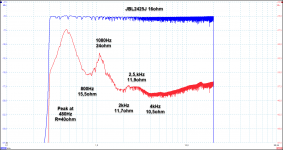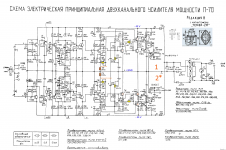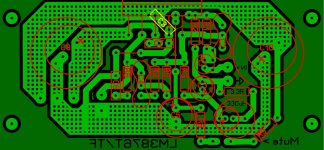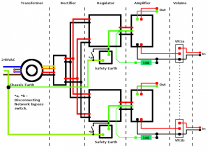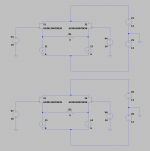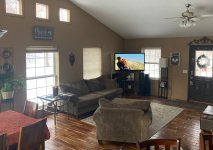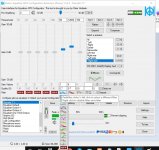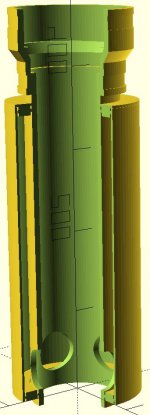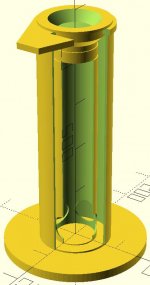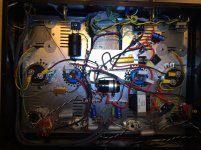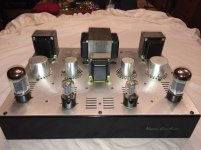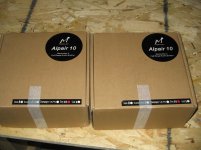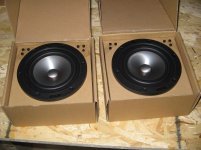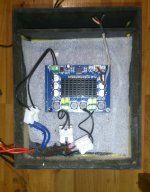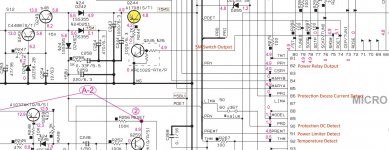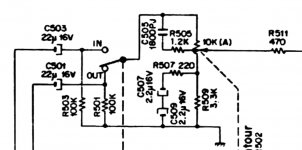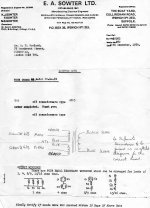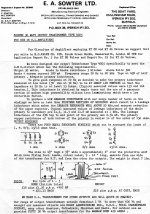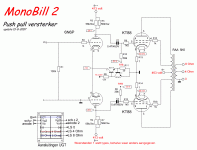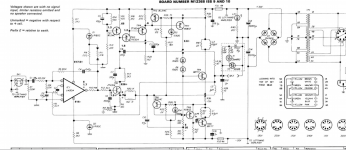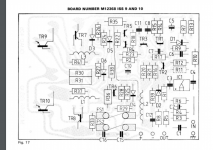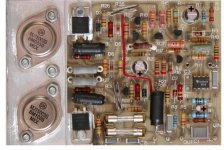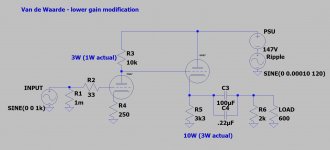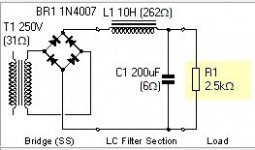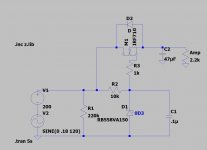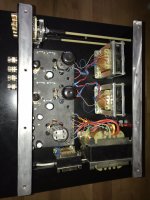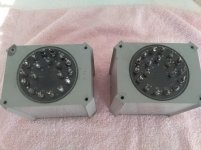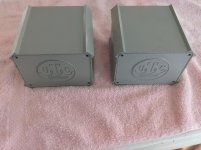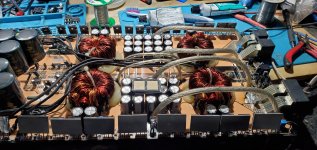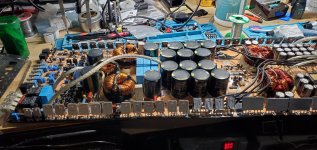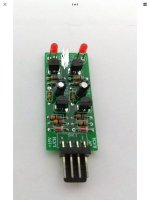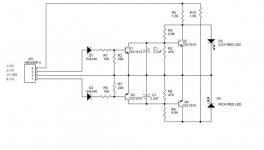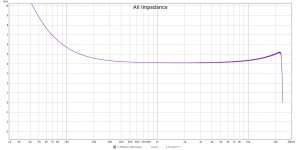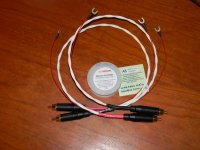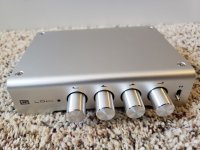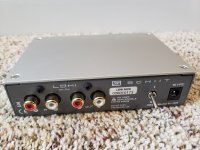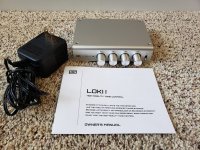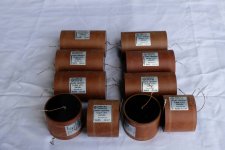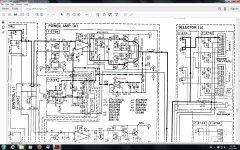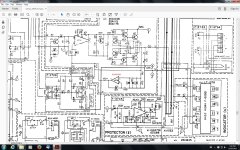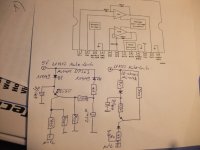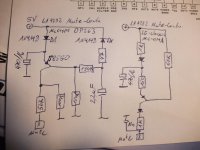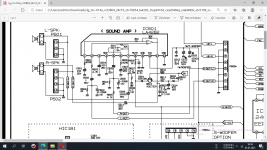Full disclosure - I'm more of a vintage computer guy, and I'm very much a noob when it comes to audio stuff.
So I have a set of old PC speakers that I like the look of as they match my old computers, but they're pretty much toast. Even when they were brand new they wouldn't have sounded too good.
So in short, I want to rip all the guts out of them (amp, speaker cones, etc) and replace them with something newer and better sounding. My problem is I have absolutely no idea where to begin. I've tried looking up guides and tutorials online, but there doesn't seem to be anything I can find for what I specifically want to do. (Speakers AND amp all together in one unit)
Here are some pictures for what I'm dealing with:
20201203-192328 — ImgBB
20201203-184428 — ImgBB
20201203-184345 — ImgBB
20201203-184343 — ImgBB
20201203-184337 — ImgBB
(The knobs have already been removed from the pots in these pictures)
Note the plastic fake dummy tweeter!
It looks like something that should be in theory straightforward: just source equivalent components and swap them out!
However, I just have no idea how to evaluate what is suitable and what's not.
Some specific concerns of mine:
* Make sure the pots and power button line up
* Make sure I can hook up the power LED
* The amp board needs to accept the correct input and have an output to go to the left speaker
* What sort of power supply do I need?
* Does the amp need special separate outputs for the woofers and the tweeters?
Since this will be hooking up to old computer hardware, I don't really need absolutely top of the line components, but I still want it to sound reasonably good.
So I would really appreciate some help, just getting me on the right path. I don't mind doing my own research, but in this case I just have no idea where to even start!
